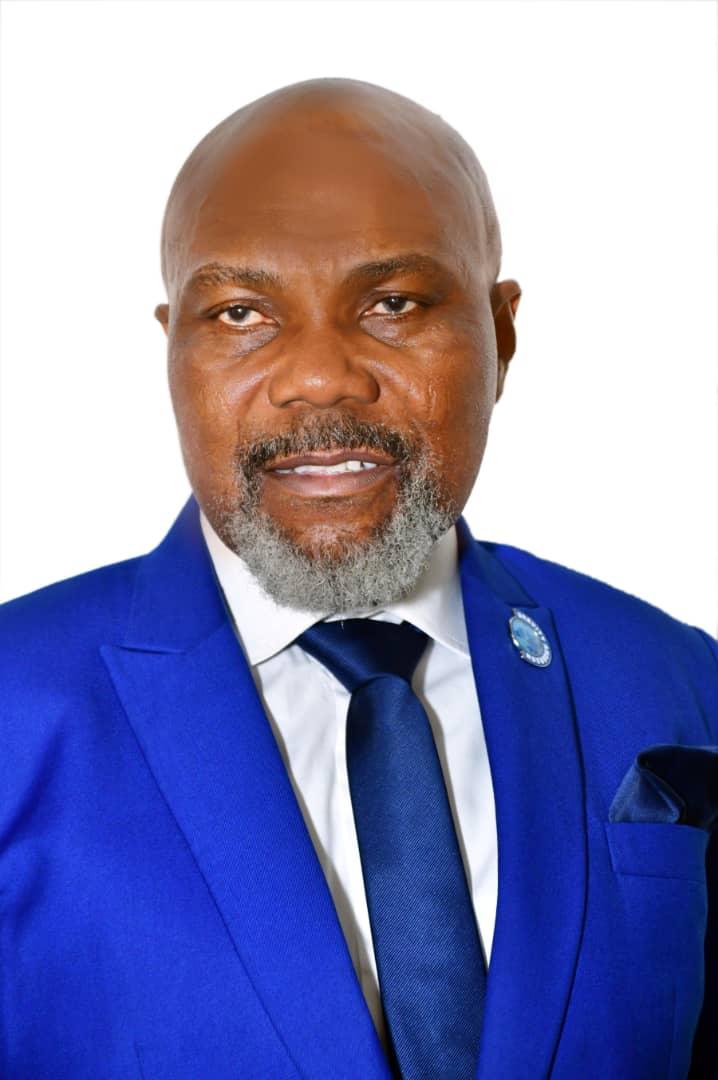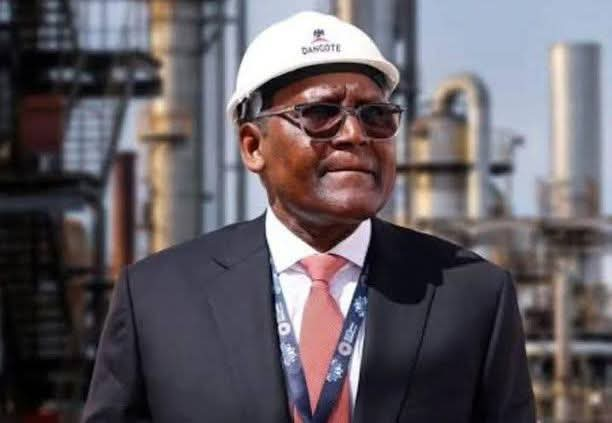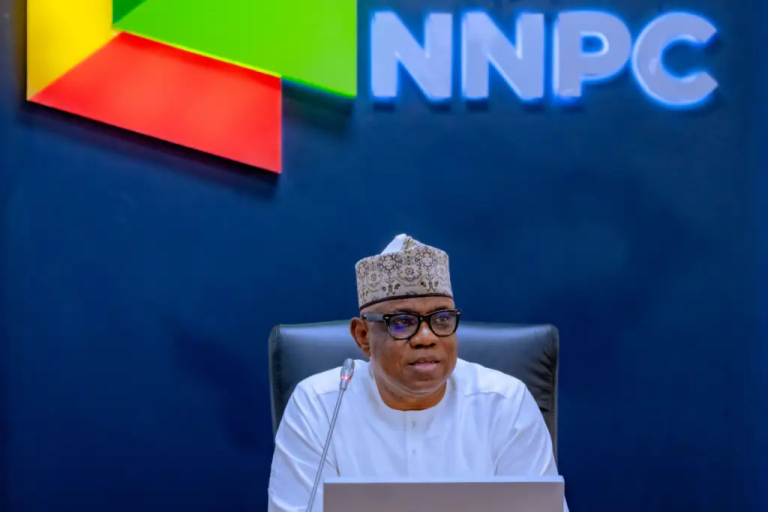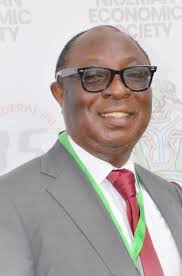
SHORT-TERM MONEY, LONG-TERM RISK: NIGERIA’S FDI DILEMMA BY
KUNLE ODUSOLA-STEVENSON

BY KUNLE ODUSOLA-STEVENSON
GREATRIBUNETVNEWS—Nigeria has a problem it can no longer sugarcoat. Preliminary data show total capital importation jumped 112 percent to $13.73 billion in the first seven months of 2025, with foreign direct investment (FDI) rising 88 percent to $320 million. Headlines may cheer, but the fine print tells the real story: FDI’s share of total capital fell from 2.6 percent to 2.3 percent. While portfolio flows chase high yields in Treasury bills and quietly exit when conditions shift, industrial investors—the people building factories, refineries, and farms—remain stuck at the gate. Over 90 percent of new capital entering Nigeria this year can leave just as quickly, leaving the country vulnerable to sudden reversals, as it was in 2022–2023. FDI, by contrast, creates jobs, builds infrastructure, and transfers technology. Its shrinking share sends a stark message: the quality of capital entering Nigeria is deteriorating, and the illusion of long-term stability is just that—an illusion.
The barriers are painfully familiar to anyone who has tried to invest real money here. Factories rely on diesel for nearly half their electricity, eroding margins before production even begins. Regulatory approvals can stretch two to three years, with rules shifting midway. Security risks make entire regions off-limits for industrial projects. And despite some stabilization, FX volatility still triggers anxiety for any CEO who remembers 2023’s 18-month repatriation queues. Until Nigeria treats long-term investors like VIPs rather than supplicants, the gap between flashy capital-importation headlines and empty industrial estates will only widen.
Investment summits, often dismissed as ceremonial, matter—critically. They provide platforms to report progress, showcase priority sectors, and signal political will. Properly executed, summits turn numbers into action, demonstrating accountability, building confidence, and converting investor interest into actual industrial projects. In short, summits matter not for pomp, but for substance.
The outlook for FDI over the next 12 to 24 months is sobering but achievable. From today’s low base of 2.3 percent, FDI’s share could rise to 3.5–4.2 percent by end-2026 with modest reforms. With disciplined execution, mid-2027 could see 4.5–5 percent, still below emerging-market peers but representing real progress. The optimistic ceiling—5–6.5 percent—requires flawless implementation: fully predictable FX markets, halved permit delays, secure regions, and a larger non-oil sector share of FDI. Conversely, the pessimistic floor—below 2.5 percent—is always possible if oil prices remain depressed and portfolio flows reverse. Plan for the middle, prepare for the worst, and treat anything above expectations as a bonus.
The roadmap is clear and actionable. First, FX convertibility and repatriation must be bulletproof. The January 2025 FX Code should be treated as inviolable. Weekly liquidity reports must be published, profit repatriation must remain under 30 days, and the $1.5 billion World Bank buffer deployed aggressively. This alone can unlock $1–2 billion in frozen projects within 12 months. Second, Nigeria must establish a genuine one-stop investment portal with statutory deadlines. Digitizing approvals, legally binding agencies to 60-day maximum timelines, and publishing a live dashboard transforms regulatory unpredictability into clarity. Third, surgical, time-bound incentives must target three high-multiplier sectors: renewable energy, agro-processing and food manufacturing, and electric vehicle assembly and components. Investors in these sectors should receive five-year tax holidays and zero import duty on equipment. Precision incentives create clusters and jobs while avoiding fiscal waste.
Executed in sequence, with quarterly KPIs publicly reported, FDI can grow 60–80 percent year-on-year by the end of 2026. Hesitate, dilute, or postpone, and the same empty factories will dominate headlines in 2028.
The time to act is now. The reforms are known, the window is open, and the cost of inaction is tangible—lost jobs, wasted investment, and eroded competitiveness. Nigeria has the market, population, and resources to be Africa’s industrial hub. What remains is political will: the courage to treat serious investors seriously. The clock is ticking. Choose factories over fleeting portfolio applause—before the next sugar rush ends and we are left, once again, with nothing but the hangover.
Kunle Odusola-Stevenson
Public Relations & Investment Strategy Consultant | Specialist in Energy, B2B Markets, Policy Advisory & Economic Competitiveness






